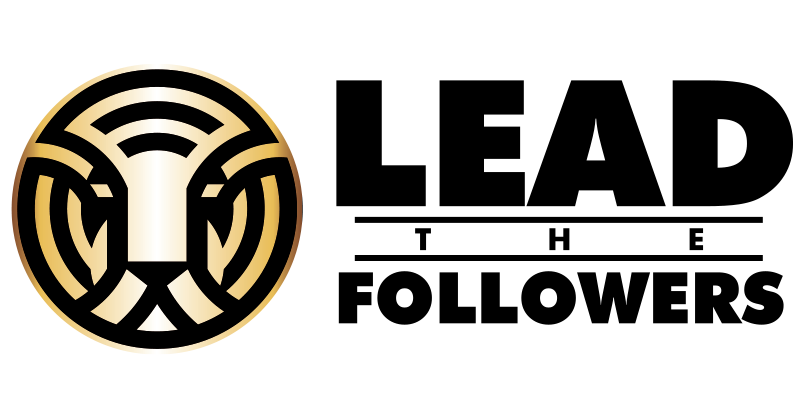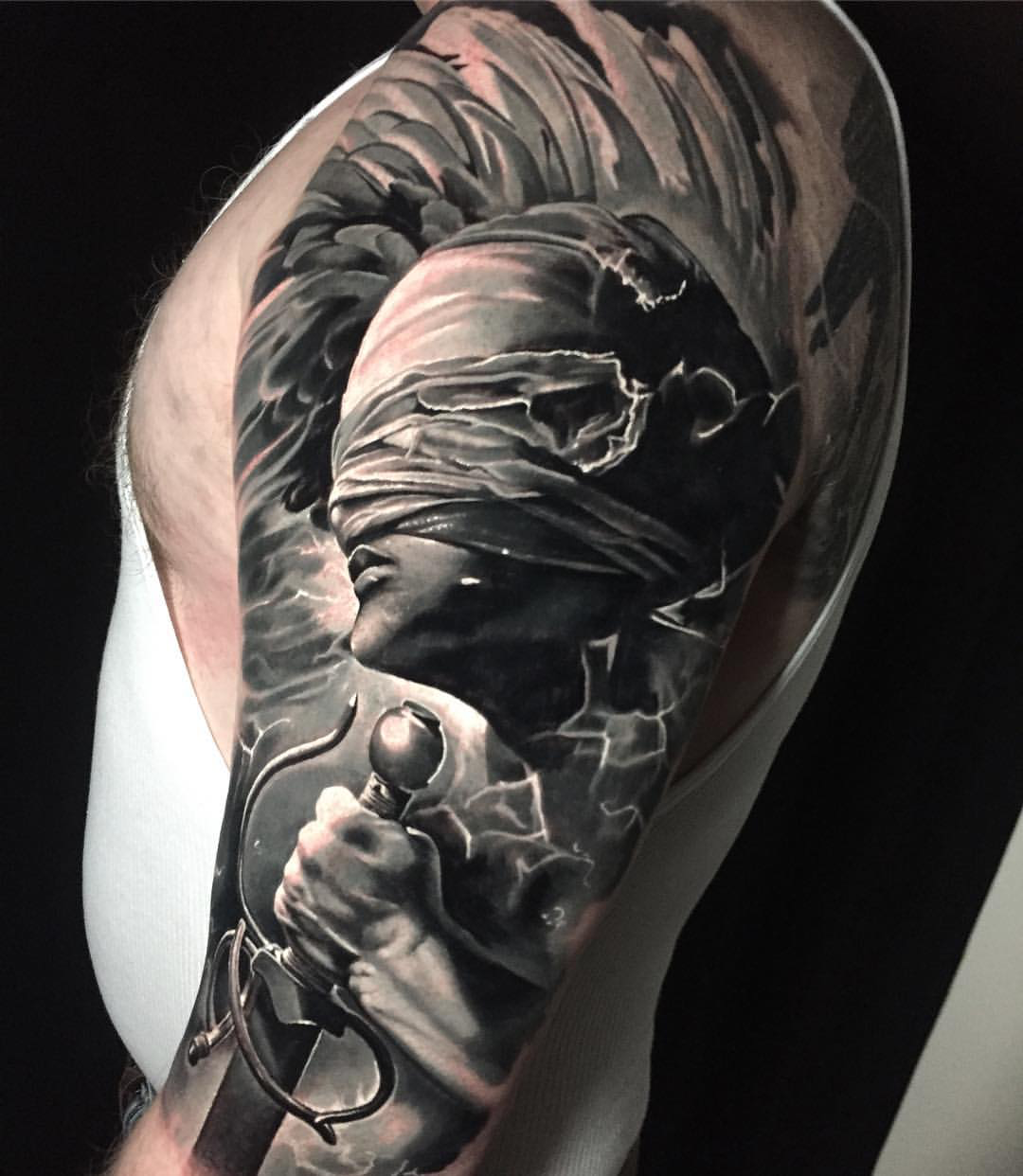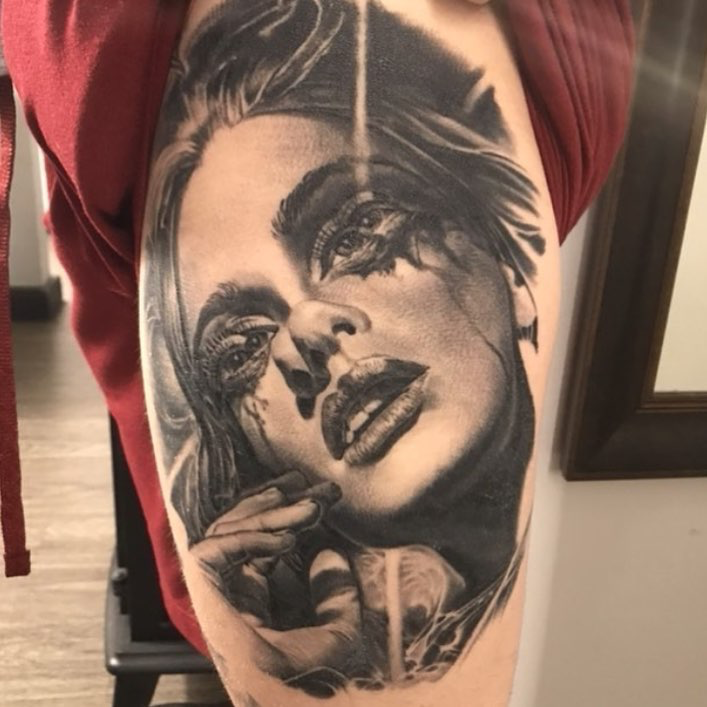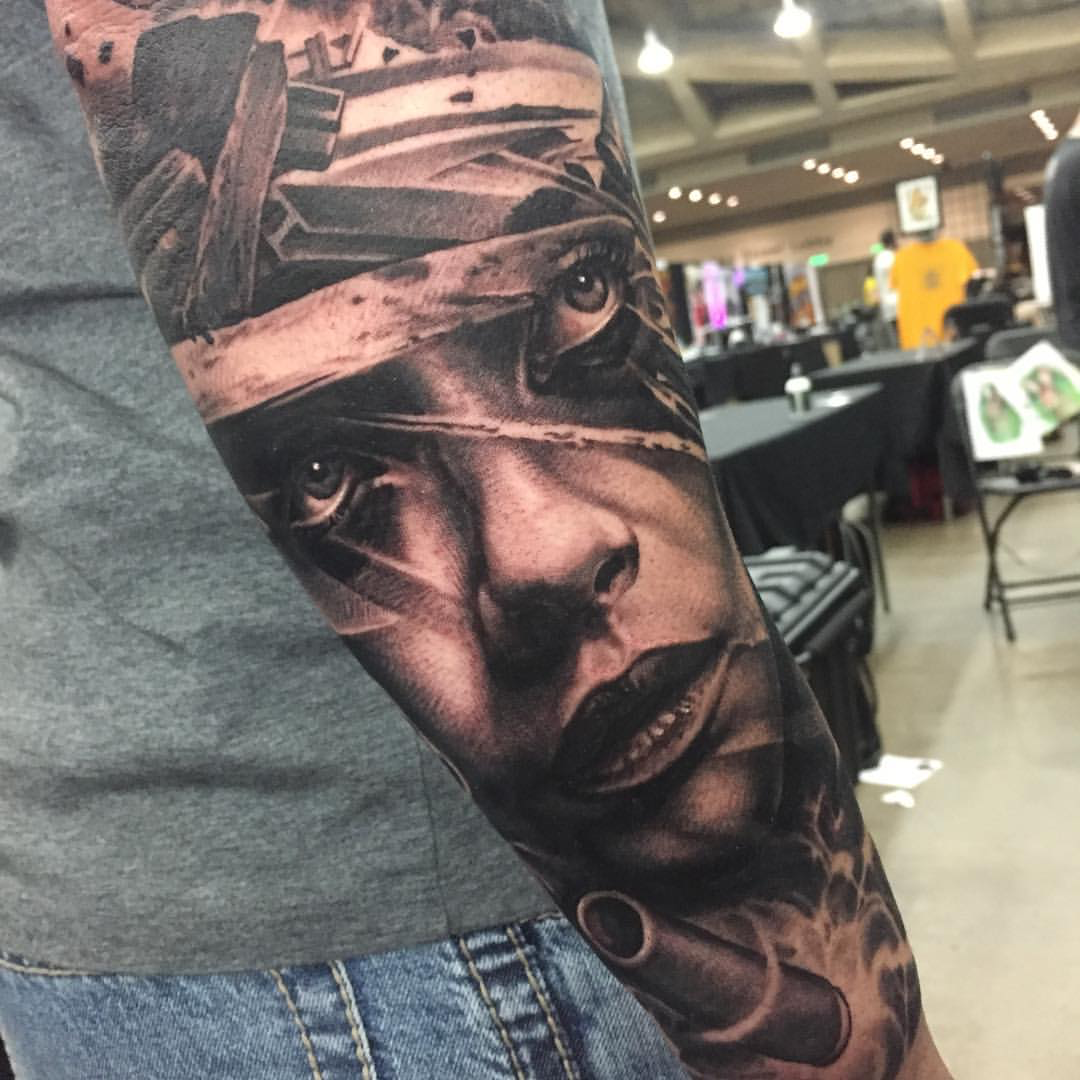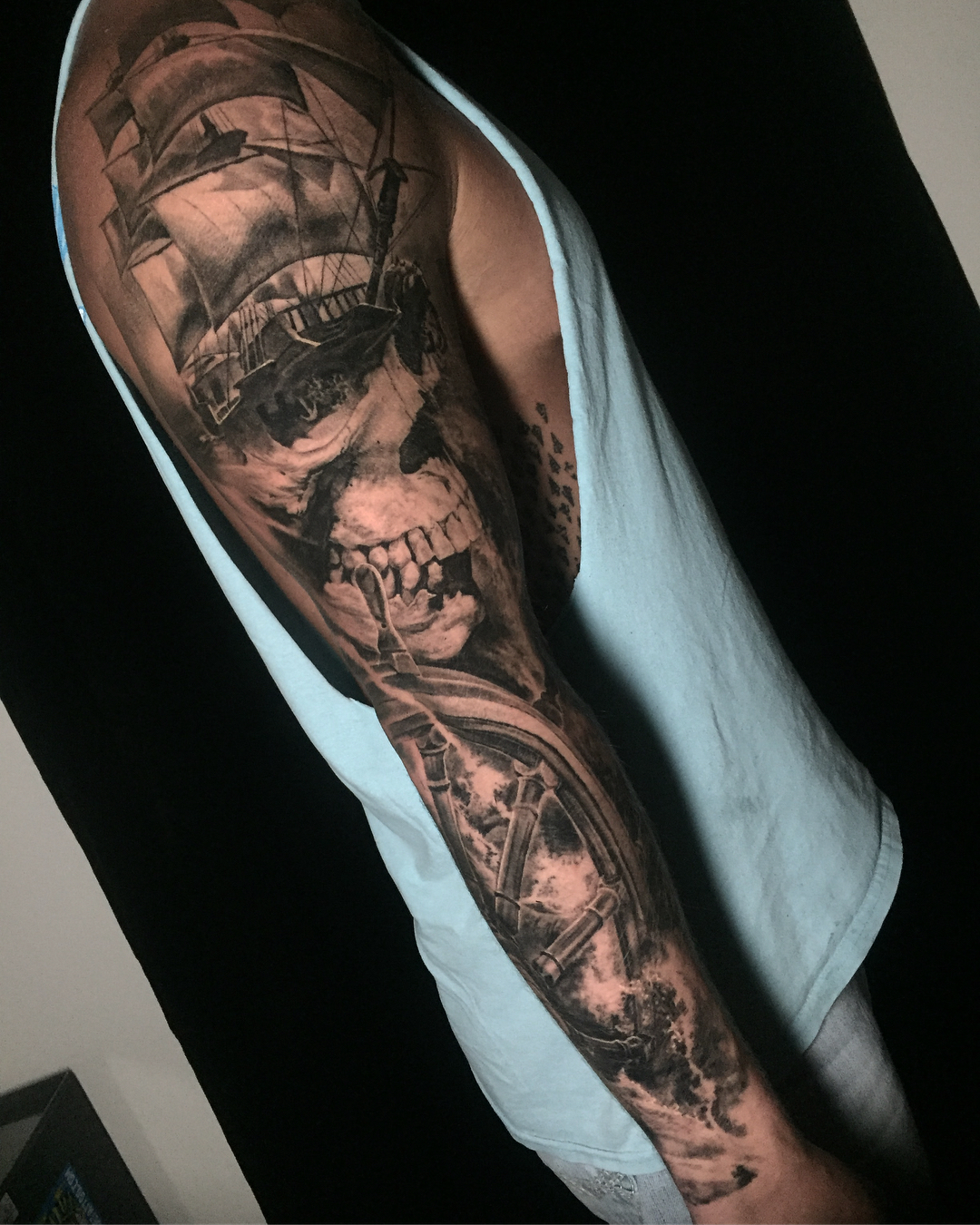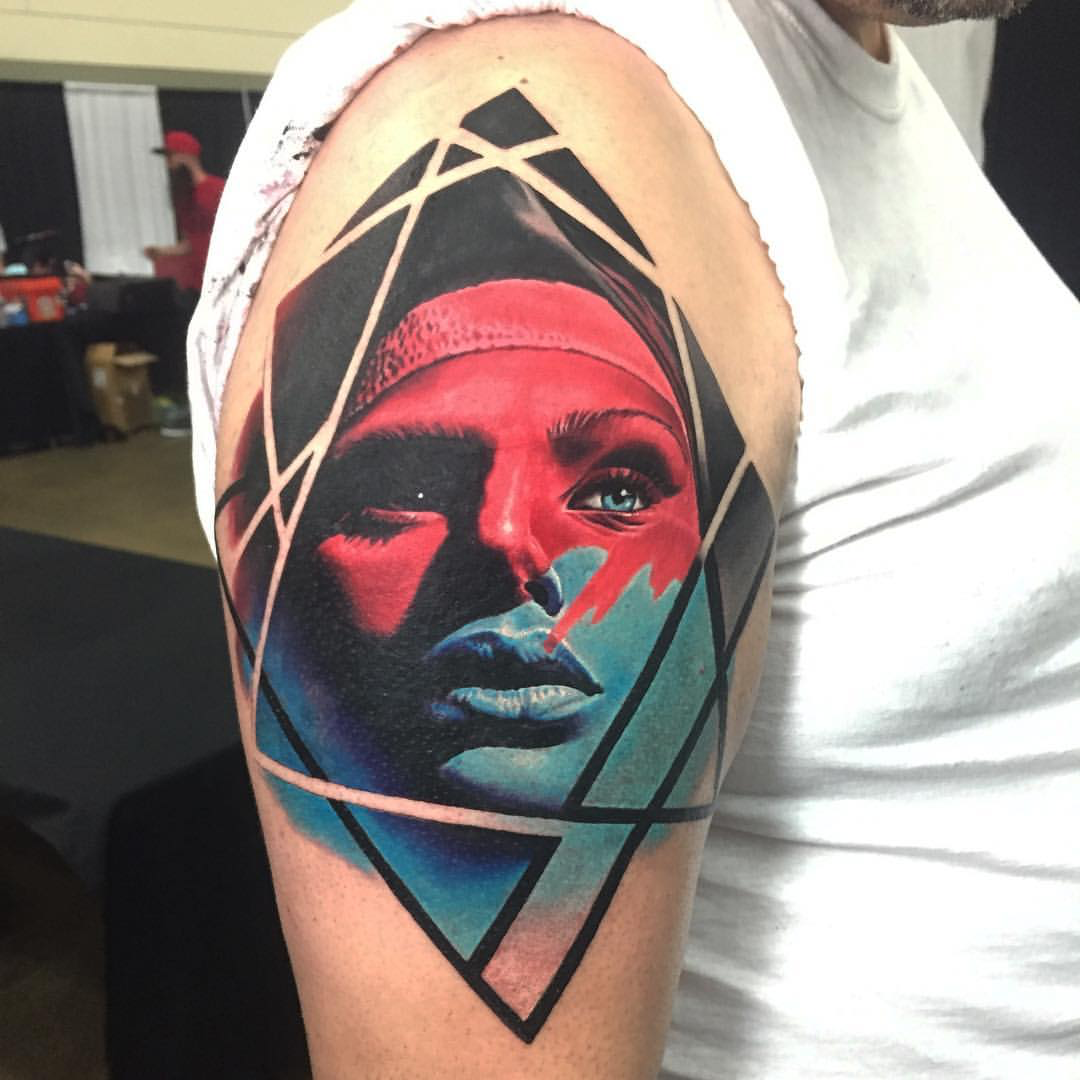Interview with Red Hot B&G Surrealism Artist Robby Latos
In this interview with surrealism black and grey artist Robby Latos, he tells us why he’s glad he built up a strong work ethic before becoming a tattooist, who his ideal client is, what’s last to cross off on his bucket list as an artist, and more.
Robby Latos is a prime example of why it’s in tattoo collectors best interest to forget about what they saw on Pinterest, forget about the photo of their great grandpa’s pocket watch, forget about the tattoo that they’ve wanted since they were a young teen, and just let great artists like him CREATE. His surrealism style tends to be darker (with plenty of contrast), is laid out flawlessly on the body part he is creating for, and has an excellent use of flow/negatives.
I got the chance to pick his brain a little here, hope you guys enjoy the read.
I’m just gonna start off with the elephant in the room right now which I think is the fact that you are exploding and breaking through right now and making a highly respected name for yourself in the tattoo industry. Your work is mindblowing and undeniably beautiful. What would you say has been most beneficial as far as developing rapidly as an artist in such a competitive industry?
My background in fine arts and years of working in an industry that required manual labor have been most beneficial to my development as an artist in the tattoo industry. When you are used to a job of intensive manual labor, sitting on your ass and drawing pictures on people is a lot easier.
Your style is also really recognizable in my opinion, if I saw photos of your work without your name being attached I could probably guess that you were the one who created the piece which I think is pretty awesome considering a fairly high amount of artists are biting each other right now and getting lazy in the creativity department. How did you go about creating and developing a style of your own? Did it come with ease or with a highly conscious effort?
I always try to push myself creatively. As for my “style,” my work has developed in part through trial and error and trying to push black. Pushing myself and my client to think outside of the box has been a highly conscious effort. I believe that production pushes progress.
How many days do you prefer to tattoo per week and why? Let’s say you had a large amount of clients who were happy to pay you $12-15,000 dollars per full day session, how many tattoos would you do per month?
I prefer to tattoo 4 days per week. While I am passionate about my work, I also have many other interests. For example, dirt bikes, the outdoors, and working on my house.
If I had clients willing to pay the amount you suggested per day I would most likely tattoo the same amount about 16 appointments per month. I’d work just as hard, so I could retire much sooner.
Describe your ideal client for me.
My ideal client is someone who has ideas but is 100% open to me creating the art. Even more so, it’s a client who is not too deep and just really appreciates cool art.
In terms of the ideal canvas to tattoo on, I’d say the ideal canvas would be pasty, light, and slightly overweight.
What are you dying to tattoo right now? Anything you’re burned out on?
Off the top of my head, there is nothing I’m dying to tattoo right now.
I’m currently burnt out on tattooing: St, Michaels, time-pieces, tigers, and Viking sleeves.
How did your first tattoo come out and when was it done? What’s your favorite piece completed thus far? Include photos if convenient by chance.
I did my first tattoo sometime in 2009 during my apprenticeship and it came out horribly.
If I had to choose a favorite piece, I’d say it was a project I did a few years ago in Philadelphia the piece was a black and gray portrait of a woman blindfolded.
Who were your biggest influences coming into the tattoo industry?
My biggest influence coming in to the tattoo industry was my father. My father owned his own business and had a strong work ethic. He worked hard to provide for his family and to support the endeavors of his children.
What is your art background like? When did you know and how did you decide that this industry was for you?
My background is in fine arts. I began to take art seriously in high school. During this time I was accepted to a magnet art program that helped encourage the development of my artistic skills.
It wasn’t for several years after high school that I started on the path of art as a profession. In my twenties, I went to west Africa and during that trip I read a lot of Eastern Philosophy. One of the ideas that resonated with me was the idea of being who you are, for example a chicken is a chicken. I learned that in order to be 100% selfless you must be 100% selfish. In short, I had to give up all the ideas of who I thought I was and just be what I am, an artist, therefore I had to follow the path of an artist.
As far as knowing that the tattoo industry was for me, I didn’t know. I just took an opportunity that came along.
What’s on your bucket list as far as being a tattoo artist goes?
My experience in that tattoo industry has been great. I’ve traveled domestically and internationally, I’ve met talented artists, worked on great people, and started my own studio. Next on my bucket list is retirement; you know I’m trying to be like Nas not like Tupac.
